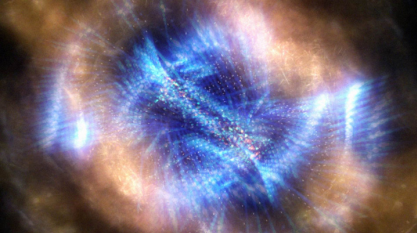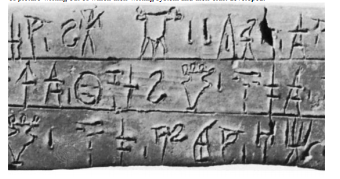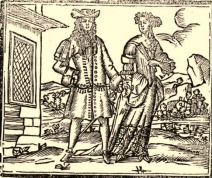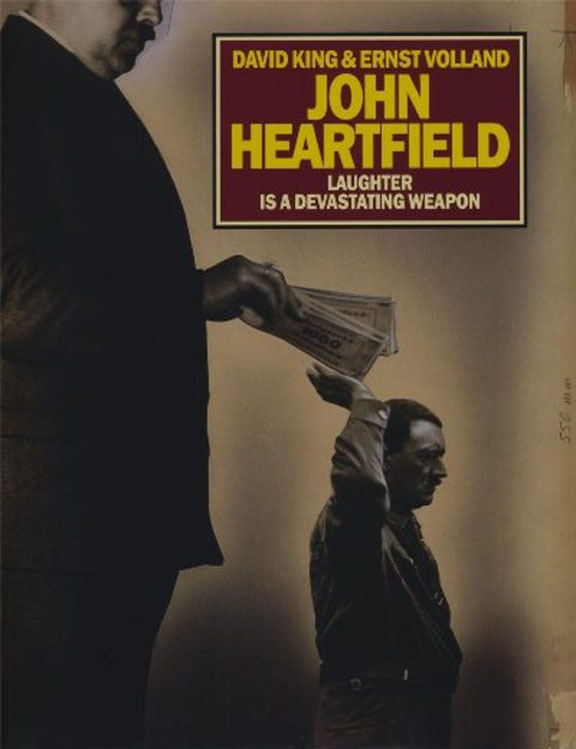Call for Entries: Parsons Festival 2016 Exhibition
The Parsons Festival Exhibition is designed to showcase talent from across Parsons. If you’re in a bachelor’s or associate’s degree program and set to graduate this spring, show us what you’ve got!
About you: You’re graduating. You’ve spent the last few years developing an expertise, a way of thinking, a way of designing and making art that builds on your studies but is unique to you. You’ve put that perspective into your work. This is a moment to have it to be seen within the broader Parsons context, in one of Parsons’ signature campus locations during graduation.
About the show: Combining works from across all of Parsons’ undergraduate and associate’s degree programs, this exhibition will take place in the Sheila C. Johnson Design Center, including the Kellen and Aronson galleries, hallway, and lobby. It will be on view as a highlight of this year’s Parsons Festival from May 5 through May 20, 2016. The theme of the exhibition will address the impact of design and art practice, so submissions of works that engage critical social issues or specific communities’ needs are especially encouraged.
How to apply: Read below and fill out the entry form. It asks for things like your name and program, along with images, video, or links that’ll give an idea of your work. It’s pretty straightforward and makes sure you provide all the information that’s needed to review your submission.
Important dates and information:
Eligibility — Open to select graduating students in BFA, BBA, BS, and AAS programs.
Theme/Criteria — Preference will be given to submissions that address issues related to critical social issues or specific communities’ needs, including (but not limited to) urban and global sustainability, social justice, and social and personal agency through art and design practice.
Deadline for submission — April 5, 2016, at midnight
Notification — April 22, 2016
Delivery of work — April 25–28, 2016 (You must be able to turn in your work by April 28.)
Exhibition on view — May 5–20, 2016 (opening reception TBD)
Submission form – festival.parsons.edu/festival-application-2016/
For questions about the exhibition, contact parsonsfestival@newschool.edu.









